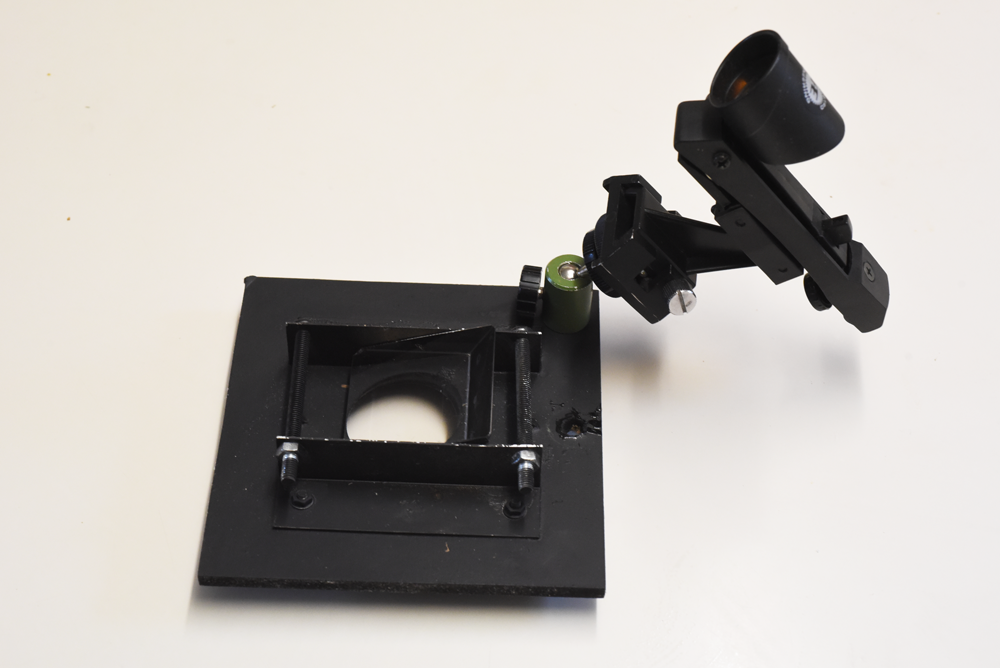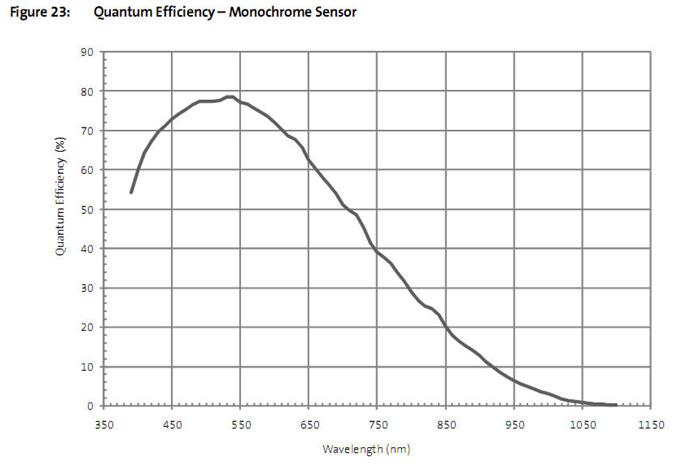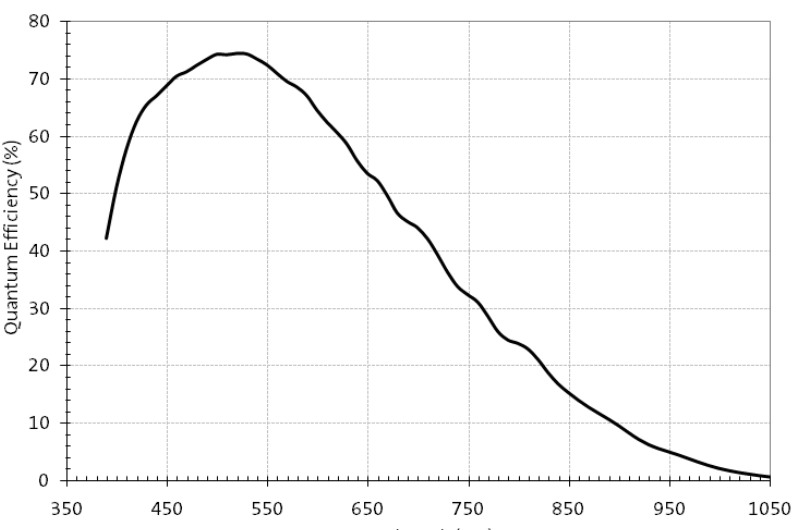-
Posts
2,904 -
Joined
-
Last visited
Content Type
Profiles
Forums
Gallery
Events
Blogs
Posts posted by chiltonstar
-
-
I've spotted it quite a few times now from the Oxford area, but the seeing has to be excellent++.
Chris
-
 2
2
-
-
An EP I've been quite impressed with is the 10mm Baader Classic Series Ortho (used with a 180 Mak giving x270). Very sharp and good contrast, but not a lot of eye relief. It has to be said though that Maks are fairly eyepiece-tolerant because of the long fl.
Chris
-
 8
8
-
-
In fairness to John, it has been difficult to observe a complete transit this year because of the low altitude of Jupiter seen from the UK - pops out of one set of trees and then dives into another!
Chris
-
 2
2
-
-
An interesting session - a nice double! Strange that Neptune showed no colour, I usually see it as very blue, even with my smallest scope. Do others see it as white or blue?
Chris
-
 1
1
-
-
Clear at the mo, and the forecast is good. Another session on Orion doubles I think! Two nights ago the seeing and transparency were so good that i even managed a second ever glimpse (no more than a glimpse unfortunately) of the HH. Maybe tonight will be better.
From your post it sounds as though you've been ailing....flu? If so, bed and a glass of something warming might be better than facing the cold night air!
Chris
-
 1
1
-
-
Cold, but glorious! After weeks of rain and cloud, the sky was spectacular here even with ice on everything and the ground covered in black ice. My scope thermometer said -2 C, which is not that cold compared with many evenings in previous winters. My finder scope was dewing rapidly, and several EPs as well, although I kept several in a bag in an inside pocket. The scope (180 Mak) did not dew up in the hour I was out which is mainly because of the scope insulation, although the mount slo-mo controls were fairly stiff.
Was it worth it? Definitely yes, one of the best views of M42 in many a year, with just a hint of colour beginning to show amidst the grey detail of the "batwing", and the Trapezium clear and sharp with E and F easily visible even at low magnification (using Panaview 38mm). I tried the HH as the transparency was so good, and it was just faintly visible in averted vision for part of the time. Sirius was nearly twinkle-free and the Pup was clearly visible at x190 (Vixen 15mm SLV).
Chris
-
 2
2
-
 1
1
-
-
Like John and Paul, I like to keep it simple as well! When times have been hard (family and work) I've found being able to get out and just admire the night sky, with or without a scope, has been a tremendous relaxation and has helped keep me going when times have been hard.
Hobby Killer? Moving to an area (SE England) with LP'd skies maybe, after living somewhere very much less polluted. Probably why I decided to move much more to double stars rather than fuzzies.
Chris
-
 3
3
-
-
Welcome Armando - where are you in Italy? I worked and lived there (pre-Alpi) for eight years!
Chris
-
My 180 Mak gives me the best view at x190 for Jupiter, x270 and x350 for Saturn and Mars, although the low altitude of Jupiter and Saturn, and the dust storm on Mars have reduced the detail quite a bit this last year. I like the convenience of the Mak, its shortness cpd with a long newtonian design and the lack of diffraction spikes and coma (I gave up on newtonians for this reason). It is also virtually collimation-free, unlike newtonians!
For me, cool down time and dewing have rarely been issues after I insulated the tube with an aluminised polystyrene sheet from B&Q; planets are ready to view within a few minutes, and the front corrector plate stays virtually dew-free because of the residual heat trapped in the tube and the thermal inertia of the corrector (the finder scopes still dew up though!).
For planetary viewing, the 180 Mak will sit on a moderate sized EQ mount (modified Vixen SP in my case) which helps enormously for seeing planetary detail, or for quick sessions I use my SkyTee2 AZ mount. The shortness of the tube means my left hand can cover the Alt and Az slomo knobs and keep the target in view - difficult with a long tube design.
Chris
-
Some nice doubles there! I use my 32mm Meade Series 4000 Plossl as well for wide field views, and I agree, the clarity is superb.
As Nick suggests, Tegmine is well worth the look!
Chris
-
 1
1
-
-
That's a superb sketch John!
From an urban location, I think the OP would need a night with excellent seeing, a clear line of sight that doesn't graze buildings or heat plumes, and for Sirius to be as high in the sky as possible. With these provisos, I think seeing The Pup is perfectly possible with a smallish 'frac - well done!
Chris
-
 1
1
-
-
Well done Doug, very clear here, although judging by the view of M42, the transparency wasn't good enough to make it worth while looking for fuzzies. The E and F stars of the Trapezium were visible though, which made it worthwhile and worth battling the hard frost after the rain which left the driveway "glacial".
I had a lovely view of a near-bolide though at about 23:30 which travelled from o/head to NE and ended with a "head" like a cotton bud and a trail that stayed for about 5 secs. Not as bright as some, but spectacular.
Chris
-
Hmm.....looks very nice!
Chris
-
IMO it is worth reading a lot of member's views with each type of scope before you make a decision! If you intend to do a lot of imaging from a fixed observatory, then looking at the websites of the planetary imaging experts, they tend to use the largest SCT they can get, eg a C9.25, and C11 or a C14.
Personally, after four years with a 180 Mak, cooling down and dewing issues have not been a problem for me, particularly after thermally stabilising the scope. Mine will perform to its physical limit ( Airy disc 0.7 arcsec) and show eg surface detail on Ganymede. For me, any improvement would simply be from adding more inches to the aperture - a case of DAF (the dreaded aperture fever).
Chris
-
 4
4
-
-
On 22/10/2019 at 02:55, Merlin66 said:
Chris,
I’d be very interested to see how you mounted and aligned your objective prism.
I modified a PVC pipe adaptor to hold the prism and fit the scope.
Crude & functional Ken! See attached.
I just mounted the prism on a square of ply, with the prism held by two strips of 24mm Al L-section, locking it in position with a pair of bolts. The aperture of the hole is 45mm, about as large as I could get with the 60mm x 60mm prism. There are rubber spacers on the back so that it fits snugly into the end of the ED80 and stays in place.
With the base of the prism towards the ground, I point the scope (ED80) with the prism in place at a distant Na streetlamp and move the scope up and down until the spectrum is centred, then adjust an RDF mounted on a small photographic ball & socket head until the red spot is on the target (in use, the RDF normally points in the opposite direction to way it does in the image). It stays aligned then as I rotate the end dew cap.
Chris
-
8 hours ago, robin_astro said:
Note the 120 is a pretty small sensor though so check you have enough width for the range you want to look at
Cheers
Robin
Good point: my spectra with the objective prism are 8mm long, and with the SA100 about 11mm, and of course they will be longer with a wider spectral response from the chip.
Chris
-
On 19/10/2019 at 07:57, Merlin66 said:
Probably 50% at 4000 A and going down to zero at 3500 A.
would probably give you some results.....
(I’d need to check the ASI 174 for comparison)
I notice that the Mini version of the ASI 120mm doesn't appear to have a UV-IR cut filter, and therefore has a slightly better response in the UV.
Chris

-
Just now, Merlin66 said:
Chris,
Don’t know about the ASI 120, but I can record well down in the UV with the ASI 174mm when using the spectroheliograph.
The CaK lines make an easy target......
This is the response curve (QE) from the FLO site:-
Chris

-
10 hours ago, robin_astro said:
the gap has narrowed where mono CMOS is concerned though and Christian now reports he is using only CMOS for spectroscopy
So a camera like the ZWO ASI 120MM-S USB 3.0 Mono Camera would be one possibility to get an extended low wavelength range>
Chris
-
41 minutes ago, robin_astro said:
I know the 350D is pretty old technology now but Christian Buil made some measurements of the solar spectrum in the UV with a modded 350D. It got down to the Ca H,K lines and still had a little sensitivity down to ~3700A
http://astrosurf.com/buil/lhires_ir/obs.htm
About a third of the way down the page.
You can see his response curves here
http://www.astrosurf.com/buil/350d/350d.htm
Robin
But presumably the lower sensitivity of the 350D and the higher noise levels were less significant for solar measurements than they would be for much fainter stars....?
Chris
-
5 hours ago, Merlin66 said:
I was using a FULL spectrum modded 1000D.
I’ll find the image.....
Interesting, maybe I should look for a s/h 1000D.
Chris
-
-
7 hours ago, Merlin66 said:
I'm interested to hear about your objective prism....I have a 20 deg f2 prism which can be mounted in front of my ED80.... early results with a FULL modded DSLR were very promising ( especially in the NIR)
Ken
But resolution in the red and NIR is presumably fairly poor because of the non-linear dispersion of a prism which compresses the spectrum at the red end?
Chris
-
Many thanks for these very useful replies. The camera (Nikon D750) is un-modded so does have a UV/IR cut off unfortunately, but my AS1224 (colour) doesn't seem to go much lower in wavelength even without one. The reason I need to go down a bit more (apart from the interesting spectral lines below 400 nm!) is because I'm using an objective prism and need the 410 nm H line if possible as one of the three lines I've been using to linearize the spectrum from the prism using the BASS software. The prism is mounted in front of an ED80 (fl 600 mm) which is close to the fl of the original lens in the Hilger 0.5 m spectrograph that the prism came from. That went down to about 320 nm or so, but using film rather than a sensor of course. In the blue part of the spectrum, the objective prism is giving me a resolution of about 3 - 4 times better than I get with the SA100 I have.
Chris













04:19 this morning
in The Astro Lounge
Posted
The Sun was born again, but I didn't notice any naked folk frolicking about in the fields nearby. Shame these old customs die out. But at least it means the days are getting longer again!
Chris